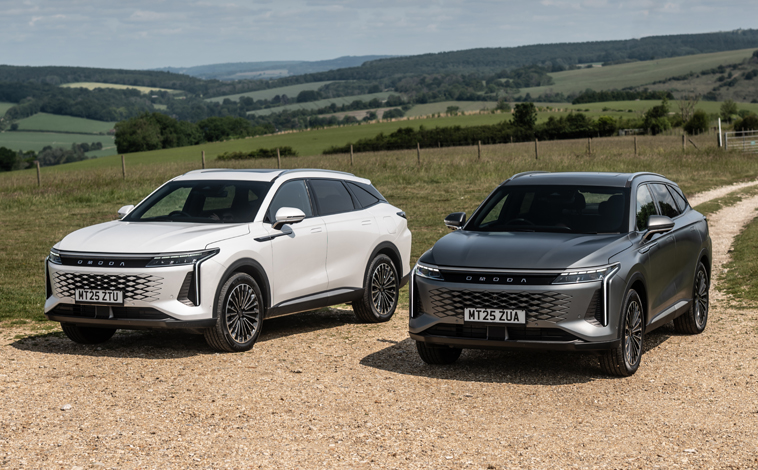Dreaming big at The Little Car Company
February 1, 2024
Remember how exciting it was to get a scaled model of your favourite car? Well, UK-based The Little Car Company takes that dream to a whole new level by replicating some of the most sought-after global models … and they are in full working order too.
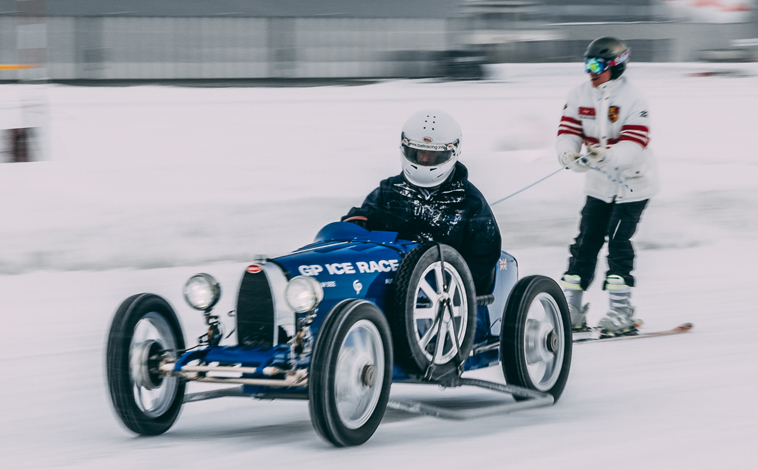
With prices starting from £35,000 for the Tamiya Wild One MAX, £52,000 for the Aston Martin DB5 Junior or £90,000 for the Bentley Blower Jnr, interested buyers can also select from other classics including the Ferrari Testa Rossa J and the Bugatti Baby II. There is even an Aston Martin DB5 Junior NO TIME TO DIE Edition complete with James Bond gadgets, including a smoke machine, digital revolving numberplate, skid mode and miniguns in the headlights.
With top speeds ranging from 42-62mph depending on the model, all the vehicles are electrically powered. But we should emphasise these are anything but copycat replicas as The Little Car Company (TLCC) is the world expert in producing exceptional scaled cars working in partnership with the most elite car manufacturers.
Emily Giddings, Marketing Director at the company said: “The manufacturers are hugely supportive – from accessing their design archives during the development of the product, through to working closely with their Dealer networks – we feel an extension of each of those brands. We’re the only licensed manufacturer of Little Cars in the world, and we’re proud to be delivering these beautiful machines to collectors and enthusiasts across the globe.
“We expertly hand-build each car in the UK, and it is this level of care and attention that delivers the stunning quality for which we are famed. Our brand philosophy is to produce beautiful cars that can be cherished across generations, and encourage every driver to create memorable experiences today and for years to come.”
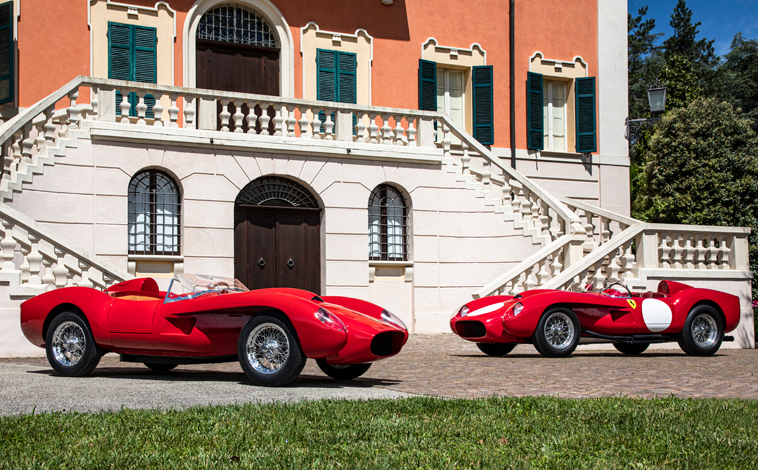
Based at Bicester Heritage, TLCC was founded in 2019 by Ben Hedley and it has developed at a rapid pace. It currently employs 65 people and, to date, has built and shipped more than 400 cars across the globe.
We asked if the models are exact replicas of the original classics and Emily explained: “From a bodywork perspective they are a scaled version of the full sized car, with some careful and subtle changes so that we can fit full size people in a smaller package. Engineering-wise we endeavour to follow key features of the original car, such as suspension geometry and layout, but we have to change, interpret and simplify certain aspects and components along the way.
“This is a process that is done hand-in-hand with the vehicle brands with the aim of ensuring that we distil the essence of the full size car into the TLCC product. We work closely with the brands to access their existing suppliers to allow authenticity of the product i.e. clients can choose from the same paint and leathers that they might choose from on their full size Ferrari.”
Each model takes hundreds of manpower hours to create and owners can also specify certain customisation requests along the way.
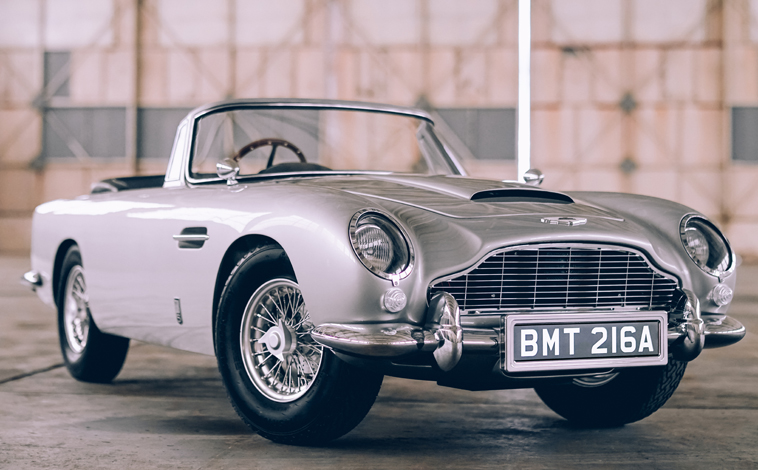
Emily said: “It’s an extensive process and that is why we employ some of the most experienced engineers in the industry from a range of testing environments. At the design stage, it’s important we have access to the original drawings to remain as authentic as possible. Alongside this, we painstakingly 3D scan every component of the original car to grasp an understanding of dimensions and scale. Both these elements form the start point for design.
“On all of our cars, nothing is fake. By this I mean that if there are components on the car which are no longer needed – we repurpose them, rather than include them just for the aesthetics. For example, on the Bugatti Baby II, the iconic rear fuel filler cap has now been repurposed as the car’s electric charging point, and the fuel gauge is now the battery level indicator.
“Every prototype is meticulously examined by the brands that we work with before production can begin. This process involves many stakeholders from the Classic Design departments, through to their Test Pilots signing off the performance and handling of the vehicles to ensure they handle just like the original.”
And with regard to timescales, Emily added: “In terms of the build of the car, it varies massively. But to give you an example, the raw aluminium hand-beaten bodywork on the Bugatti and Ferrari takes over 300 hours to make alone.”
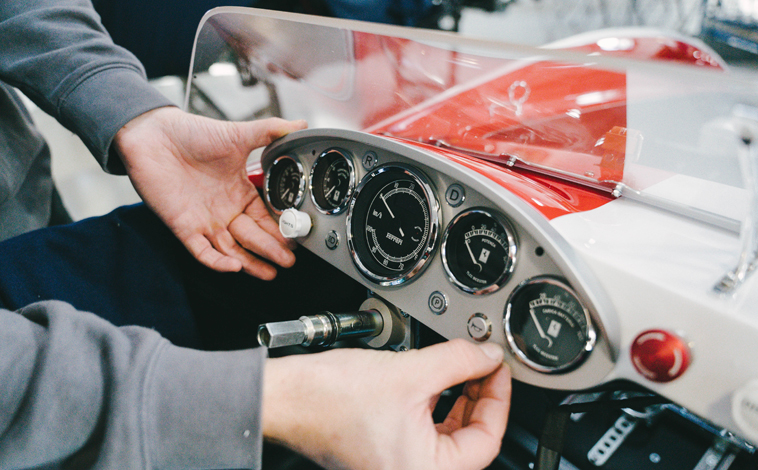
To date, the most expensive model built by TLCC was a special edition Ferrari Testa Rossa J – a 75 per cent scale replica of the 1958 Le Mans 24 Hours 250 Testa Rossa – named “Lucybelle II”. This was sold at the 2022 Silver Anniversary Bonhams Quail Lodge Auction for £125,585 (incl. fees) with profits from this sale donated to the Pebble Beach Foundation charity.
At present the only models that are road legal are the Bentley Blower Jnr and the Tamiya Wild One MAX while others have to be driven on private land such as estate and hotel grounds, gardens, race tracks and golf courses. The Bentley and Tamiya have a driving range of up to 62 miles, which like all EVs is totally dependent on driving style, while other models are slightly less.
The vehicles have various drive modes too enabling them to be driven by adults or children aged 14 and above. In addition, the Ferrari, Aston Martin and Bentley vehicles are all two seaters meaning that the joy of driving can be shared.
These exquisite cars bring historical vehicles back to life and are true collector dream models … at a price, of course.
Compiled for Regit
Latest News
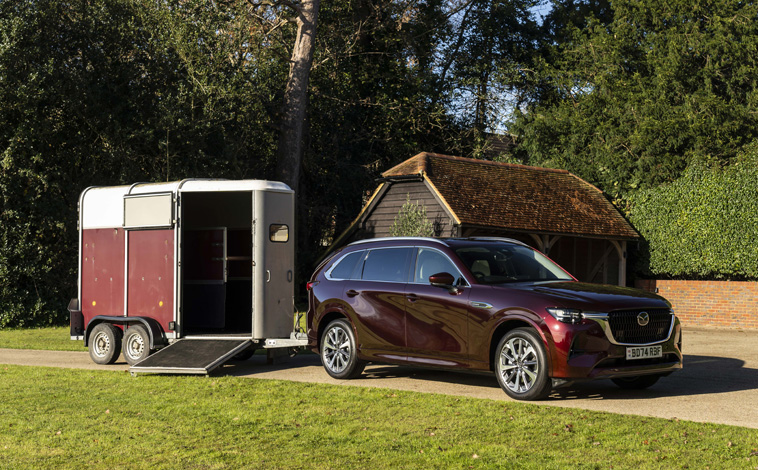
Mazda upgrades CX-60 and CX-80 models
The Mazda CX-60 and CX-80 ranges will see a comprehensive package of upgrades [...]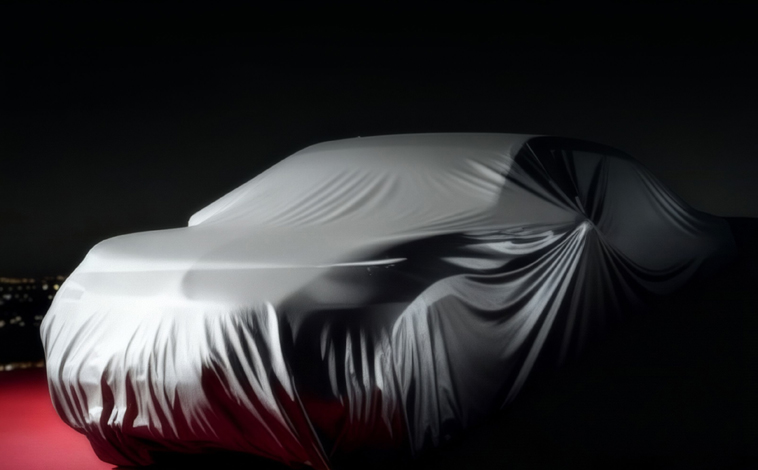
Mitsubishi announces its UK comeback
The IM Group, a leading UK-based vehicle importer and distributor, today announced plans [...]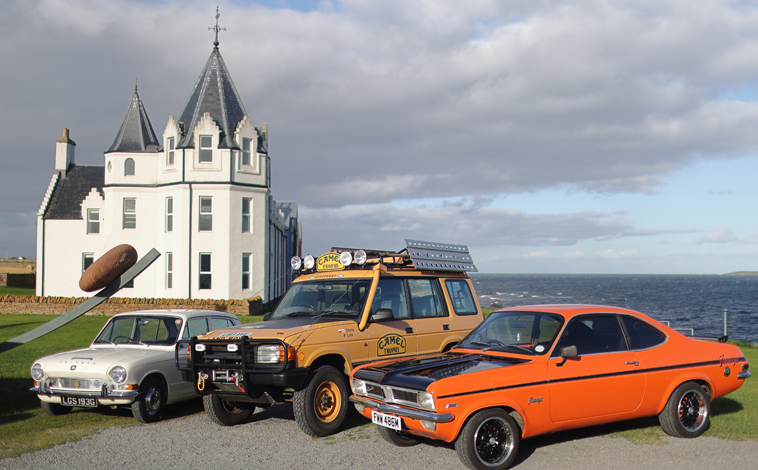
Drumming up support for classic rally
Members of the Caithness and Sutherland Vintage and Classic Vehicle Club gathered at [...]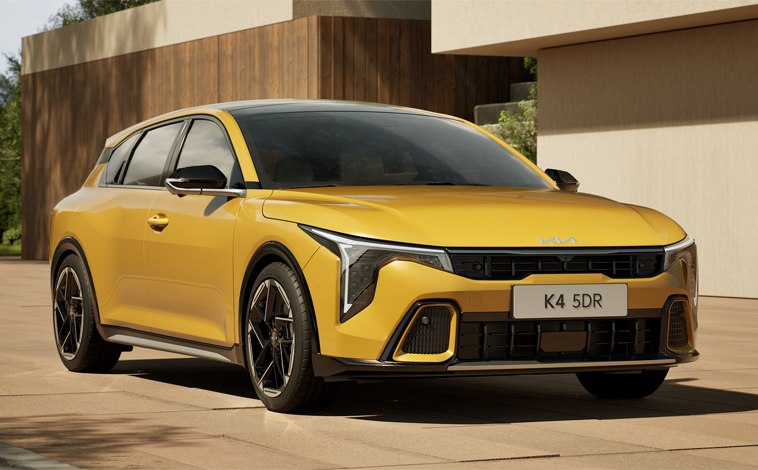
Kia launches all-new K4 model in the UK
Kia has offered a glimpse at its all-new K4 model, which will be [...]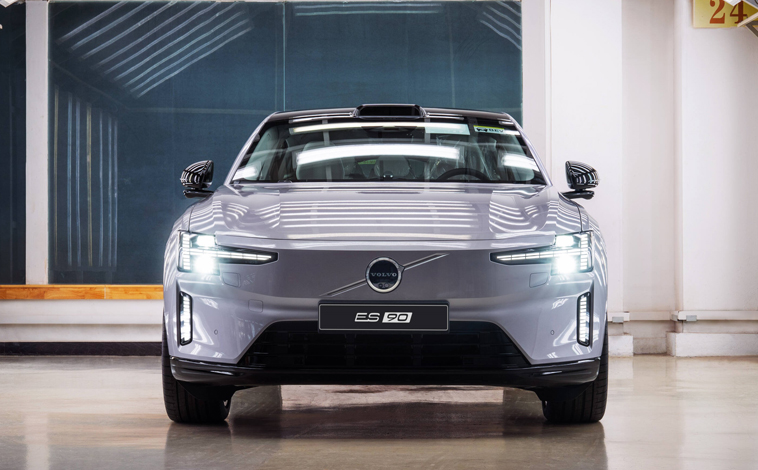
Volvo has started production of its ES90
Volvo has started production of its new, fully electric ES90 for the European [...]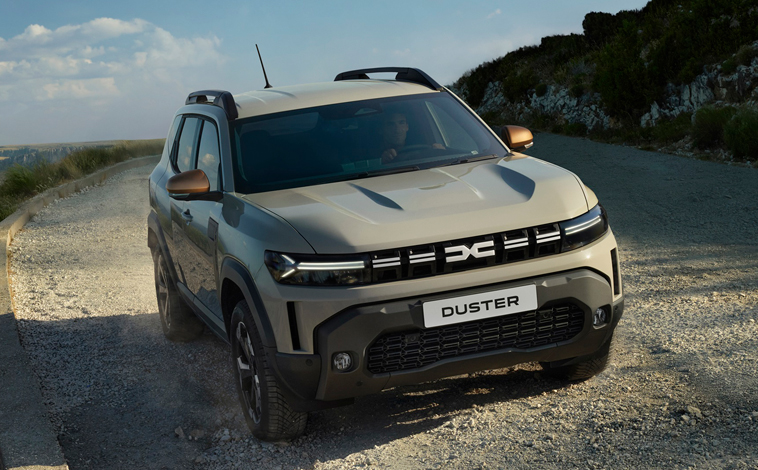
Dacia adds new Duster powertrains
Dacia is enhancing its range of powertrains available on the Duster, offering more [...]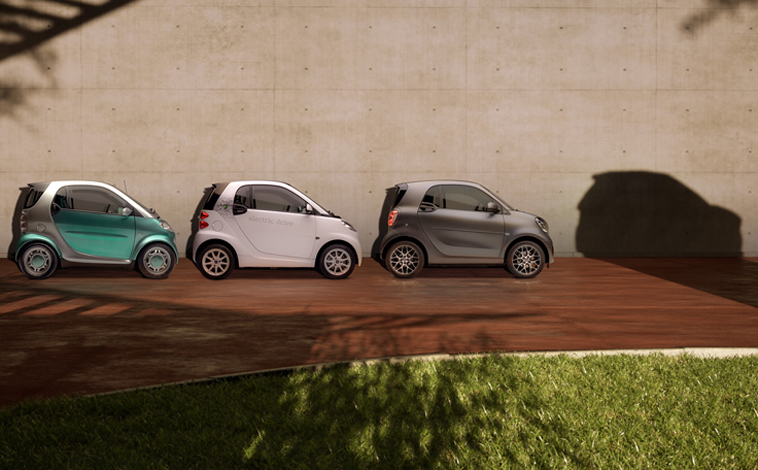
The evolution of an all-new smart #2
Premium electric automotive brand, smart, has announced that an-all new, two-seater city car, [...]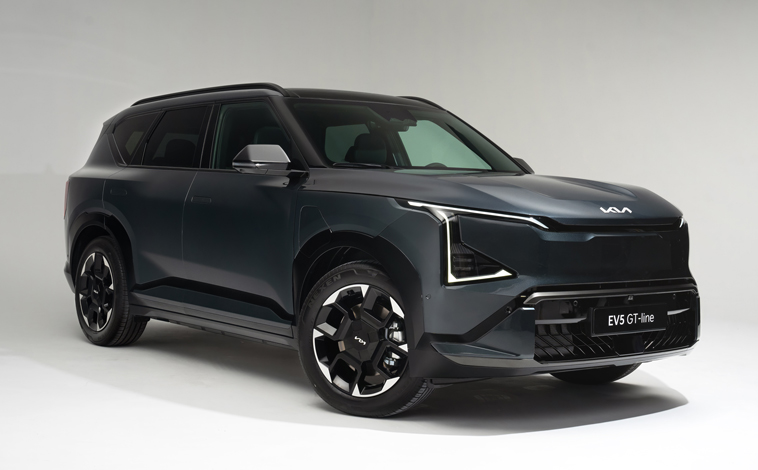
Pricing announced for all-new Kia EV5
Kia has revealed UK pricing and specifications for the EV5, a fully-electric family [...]
Skoda Kodiaq joins the police force
For more than 20 years, Skoda has been a trusted partner to the [...]
Nissan’s record fuel efficiency test
Testing Nissan’s third-generation e-POWER technology to the limit, engineers have successfully completed the [...]
Compulsory sight tests are welcomed
Road safety and breakdown organisation GEM Motoring Assist welcomes the prospect of changes [...]
Order books open for CHERY’s new SUV
The order books are open for CHERY’s first seven-seat SUV for the UK [...]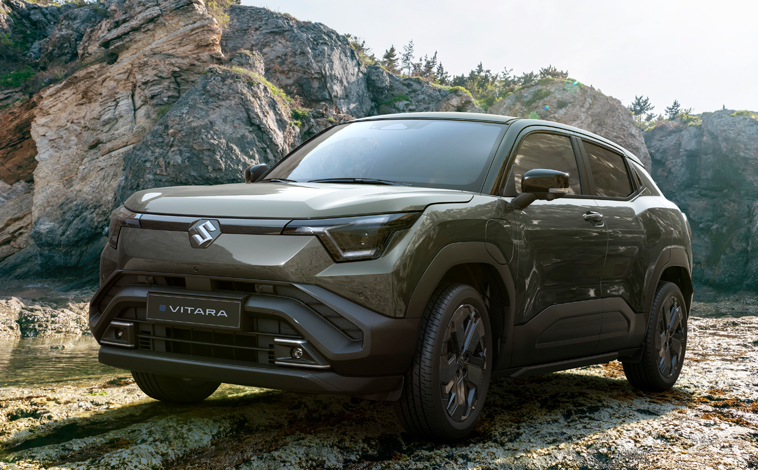
Suzuki backs Soccer Aid charity event
Radio DJ and TV presenter, Sam Thompson, set off on a 260-mile journey [...]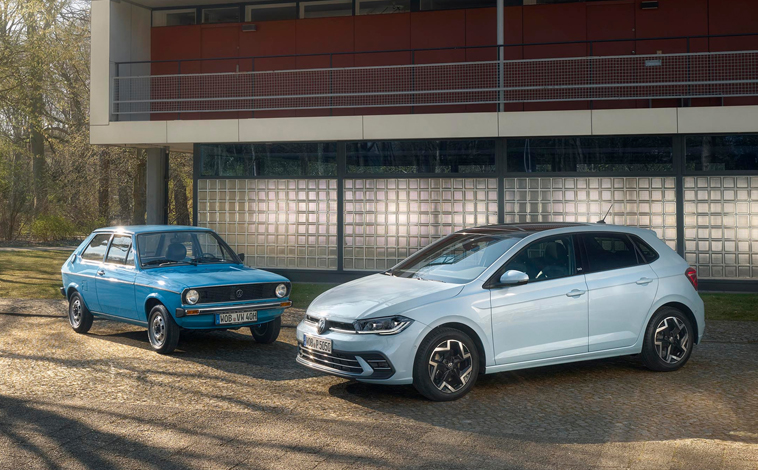
Limited-edition Polo to mark 50th year
The Polo Edition 50 goes on sale in the UK on June 19 [...]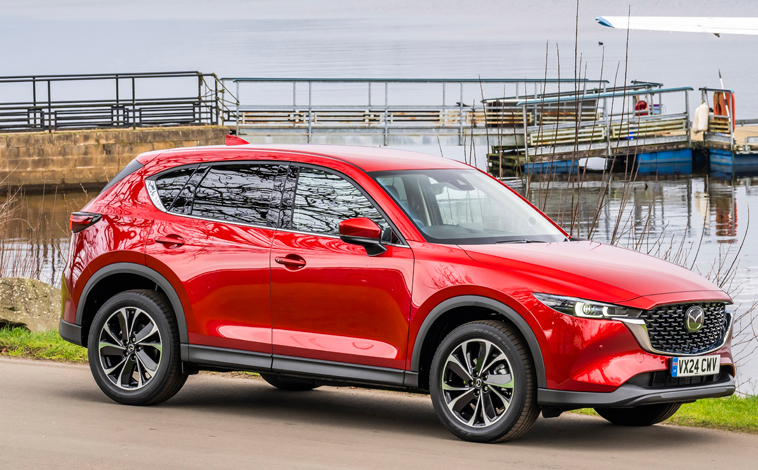
Mazda celebrates CX-5’s sales milestone
A key chapter in Mazda’s success story, the Mazda CX-5 has been a [...]